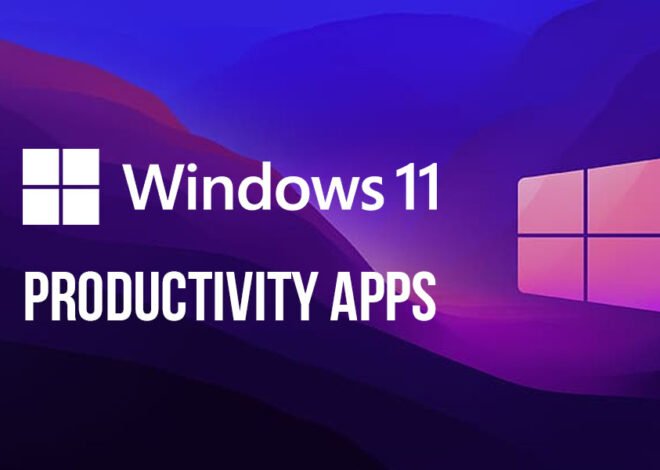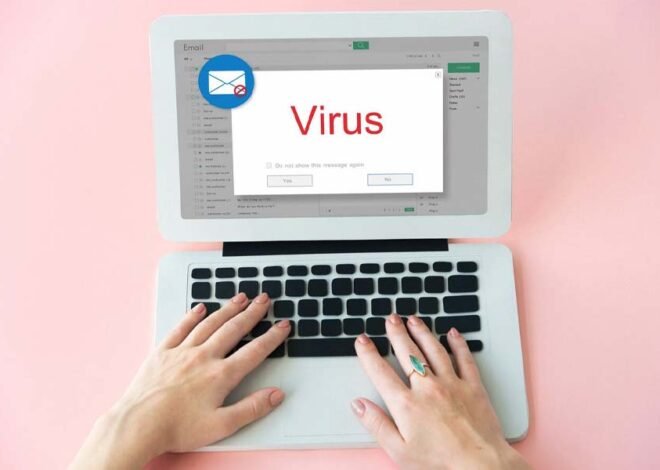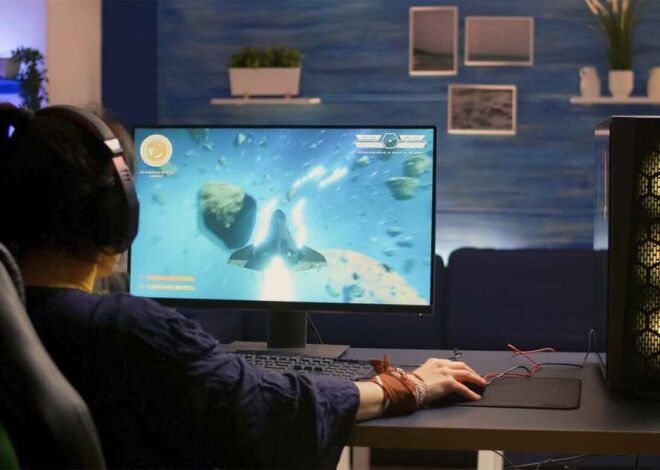
Troubleshooting 20 Common Windows 11 Issues: A Comprehensive Guide
Windows 11 is a sleek, modern operating system that brings new features and enhanced performance. However, like any OS, it can run into issues that may disrupt your workflow. In this guide, we’ll explore common Windows 11 issues and provide troubleshooting steps to help you get back on track.
1. Slow Performance
Windows 11 promises speed, but some users experience sluggish performance. Common causes include outdated drivers, excessive startup programs, or low disk space.
Troubleshooting Steps:
- Update Drivers: Ensure all your device drivers are up-to-date. Go to Device Manager and check for updates.
- Manage Startup Programs: Disable unnecessary startup programs via Task Manager > Startup tab.
- Free Up Disk Space: Use Disk Cleanup or uninstall unused programs to free up space.
2. Software Compatibility Issues
Problem:
Older software may not be compatible with Windows 11, leading to crashes or failures to launch.
Solution:
- Use Compatibility Mode: Right-click on the software’s executable file, select Properties, then go to the Compatibility tab. Check Run this program in compatibility mode for and choose a previous version of Windows.
- Update the Software: Check the software vendor’s website for any updates or patches that make the software compatible with Windows 11.
- Use Virtualization: Consider using a virtual machine to run older software in a compatible environment.
3. Windows Update Errors
Problem:
Windows updates sometimes fail to install or cause errors, disrupting system functionality.
Solution:
- Run the Windows Update Troubleshooter: Go to Settings > System > Troubleshoot > Other troubleshooters and select Windows Update.
- Clear the SoftwareDistribution Folder: This folder stores temporary files used by Windows Update. Clearing it can resolve issues. Open Command Prompt as an administrator and run the following commands:
net stop wuauservnet stop bitsren C:\Windows\SoftwareDistribution SoftwareDistribution.oldnet start wuauservnet start bits
Manually Install Updates: Visit the Microsoft Update Catalog to download and install updates manually.
4. Wi-Fi and Network Connectivity Issues
Problem:
Connectivity issues are common, ranging from slow Wi-Fi speeds to dropped connections.
Solution:
- Reset Network Settings: Go to Settings > Network & Internet > Advanced network settings and click Network reset.
- Update Network Drivers: In Device Manager, right-click your network adapter and select Update driver.
- Disable Power Saving Mode: For Wi-Fi adapters, go to Device Manager, find your network adapter, and in its properties, under Power Management, uncheck Allow the computer to turn off this device to save power.
5. Battery Draining Quickly
Problem:
Many users report that their laptop’s battery drains faster on Windows 11 compared to previous versions.
Solution:
- Adjust Power Settings: Go to Settings > System > Power & battery and select a lower power mode.
- Reduce Background Processes: Close unnecessary apps running in the background through Task Manager.
- Calibrate the Battery: Fully discharge your battery, then charge it to 100% without interruption to recalibrate the battery sensor.
6. Start Menu Not Working
Problem:
The Start Menu in Windows 11 may become unresponsive or fail to open.
Solution:
- Restart Windows Explorer: Open Task Manager, find Windows Explorer, right-click it, and select Restart.
- Run System File Checker (SFC): Open Command Prompt as an administrator and run
sfc /scannowto repair any corrupted system files. - Create a New User Account: If the issue persists, creating a new user account might resolve the problem.
7. Audio Problems
Problem:
Windows 11 users sometimes experience audio issues, including no sound or poor sound quality.
Solution:
- Check the Default Audio Device: Go to Settings > System > Sound and ensure the correct playback device is selected.
- Update Audio Drivers: In Device Manager, find your audio device, right-click, and select Update driver.
- Run the Audio Troubleshooter: In Settings > System > Troubleshoot > Other troubleshooters, run the Playing Audio troubleshooter.
8. Blue Screen of Death (BSOD)
Problem:
A BSOD indicates a critical system error, which can be caused by hardware issues, driver conflicts, or system corruption.
Solution:
- Update Drivers: Ensure all your drivers are up to date, as outdated drivers can cause BSODs.
- Check for Hardware Issues: Use built-in tools like Windows Memory Diagnostic to check for hardware failures.
- Perform a Clean Boot: Disable non-Microsoft services and startup programs to identify if a third-party application is causing the BSOD.
9. File Explorer Crashes
Problem:
Some users experience frequent crashes or unresponsiveness in File Explorer on Windows 11.
Solution:
- Clear File Explorer History: Go to File Explorer Options, under the General tab, click Clear next to Clear File Explorer history.
- Disable Quick Access: In File Explorer Options, under the General tab, set Open File Explorer to as This PC instead of Quick access.
- Update Windows: Ensure your system is up to date, as updates often include fixes for known issues.
10. Printer Not Working
Problem:
Windows 11 may fail to recognize printers or experience issues with printing.
Solution:
- Run the Printer Troubleshooter: Go to Settings > System > Troubleshoot > Other troubleshooters and run the Printer troubleshooter.
- Reinstall Printer Drivers: Uninstall the printer driver from Device Manager, then reinstall it by downloading the latest driver from the manufacturer’s website.
- Check Printer Spooler Service: Open the Services app, find Print Spooler, and ensure it is running. If not, start the service.
11. Bluetooth Connectivity Issues
Problem:
Windows 11 may struggle with Bluetooth connections, such as pairing issues or dropped connections.
Solution:
- Update Bluetooth Drivers: Go to Device Manager, locate your Bluetooth adapter, and update the driver.
- Remove and Re-Pair Devices: Remove the Bluetooth device from Settings > Bluetooth & devices and re-pair it.
- Run the Bluetooth Troubleshooter: In Settings > System > Troubleshoot > Other troubleshooters, run the Bluetooth troubleshooter.
12. App Installation Errors
Problem:
Windows 11 may block or fail to install certain applications, particularly older or unsigned software.
Solution:
- Check App Compatibility: Ensure the app is compatible with Windows 11. If not, try running it in compatibility mode.
- Disable S Mode: If running Windows 11 in S Mode, switch out of S Mode to allow installation of apps from outside the Microsoft Store.
- Enable Developer Mode: Go to Settings > Privacy & security > For developers and turn on Developer mode to install unsigned apps.
13. Touchscreen Not Working
Problem:
Touchscreen functionality may stop working or become unresponsive on Windows 11 devices.
Solution:
- Calibrate the Touchscreen: Go to Control Panel > Hardware and Sound > Tablet PC Settings > Calibrate and follow the instructions.
- Update Touchscreen Drivers: In Device Manager, locate your touchscreen device under Human Interface Devices, and update the driver.
- Check Touchscreen Settings: Go to Settings > System > Tablet and ensure Tablet mode is enabled if applicable.
14. Taskbar and Start Menu Issues
Problem:
The Taskbar or Start Menu may become unresponsive, or icons may disappear.
Solution:
- Restart Windows Explorer: Open Task Manager, find Windows Explorer, and select Restart.
- Check Taskbar Settings: Go to Settings > Personalization > Taskbar and adjust settings like Taskbar alignment or Taskbar behaviors to reset the configuration.
- Rebuild the Icon Cache: If icons are missing, open Command Prompt as an administrator and run the following commands:
taskkill /F /IM explorer.exedel /A /Q %localappdata%\IconCache.dbstart explorer.exe
Problem:
Files may not sync properly between your computer and OneDrive, leading to outdated or missing files.
Solution:
- Check OneDrive Settings: Ensure that the correct folders are selected for syncing in OneDrive settings.
- Reset OneDrive: Open Command Prompt as an administrator and run
%localappdata%\Microsoft\OneDrive\onedrive.exe /resetto reset OneDrive. - Free Up Space: Ensure there is enough disk space available on your local drive for syncing.
16. Windows 11 Not Activating
Problem:
After installing or upgrading to Windows 11, your copy of Windows might not activate, leaving you with limited functionality.
Solution:
- Check Your Internet Connection: Ensure you’re connected to the internet, as activation requires online verification.
- Use the Activation Troubleshooter: Go to Settings > System > Activation and run the Activation troubleshooter.
- Verify Your Product Key: Ensure the product key you’re using is valid and corresponds to the correct edition of Windows 11. If needed, enter it again in Settings > System > Activation > Change product key.
17. No Internet Access but Connected
Problem:
You might see “No Internet Access” even when connected to a network, causing confusion and issues with online activities.
Solution:
- Reset Network Adapters: Go to Settings > Network & Internet > Advanced network settings and select Network reset.
- Flush DNS Cache: Open Command Prompt as an administrator and run
ipconfig /flushdnsto clear the DNS cache. - Renew IP Address: In Command Prompt, run
ipconfig /releasefollowed byipconfig /renewto refresh your IP address.
18. Microsoft Store Not Working
Problem:
The Microsoft Store might not open, crash, or fail to download apps, leaving you unable to access essential software.
Solution:
- Reset the Microsoft Store: Go to Settings > Apps > Installed apps, find Microsoft Store, click on Advanced options, and then select Reset.
- Clear the Store Cache: Open Command Prompt as an administrator and run
wsreset.exeto clear the Store cache. - Re-register Microsoft Store: Open PowerShell as an administrator and run the following command to re-register the Microsoft Store:
Get-AppxPackage -allusers Microsoft.WindowsStore | Foreach {Add-AppxPackage -DisableDevelopmentMode -Register "$($_.InstallLocation)\AppXManifest.xml"}
19. Windows 11 Won't Shut Down or Restart
Problem:
Sometimes, Windows 11 may refuse to shut down or restart, leaving your system stuck on the shutdown screen.
Solution:
- Force Shutdown: Hold down the power button for several seconds until the computer powers off. This should only be used as a last resort.
- Disable Fast Startup: Go to Control Panel > Power Options > Choose what the power buttons do and uncheck Turn on fast startup.
- Check for Pending Updates: Go to Settings > Windows Update and ensure there are no pending updates requiring a restart.
20. Windows 11 Display Issues
Problem:
Display problems such as incorrect resolution, flickering screen, or blurry text can occur after upgrading to Windows 11.
Solution:
- Update Graphics Drivers: In Device Manager, find your graphics adapter, right-click, and select Update driver.
- Adjust Display Settings: Go to Settings > System > Display and adjust the resolution or scaling settings.
- Reinstall Graphics Drivers: If updating doesn’t work, uninstall the graphics driver from Device Manager and then reinstall the latest driver from the manufacturer’s website.
Conclusion
Windows 11 offers a host of exciting features, but like any OS, it’s not immune to issues. By following these troubleshooting steps, you can resolve common problems and enjoy a smoother experience.



